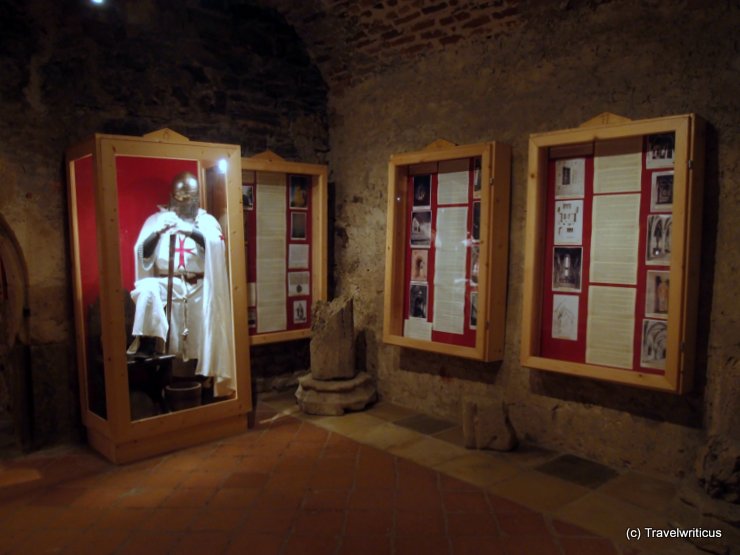
The Templar Museum at Lockenhaus Castle in the Austrian state of Burgenland presents the history of the Knights Templar. Besides that, it talks about Austrian places related to this military order. Lockenhaus Castle is considered one of them.
Browse through your travel destination!

The Templar Museum at Lockenhaus Castle in the Austrian state of Burgenland presents the history of the Knights Templar. Besides that, it talks about Austrian places related to this military order. Lockenhaus Castle is considered one of them.
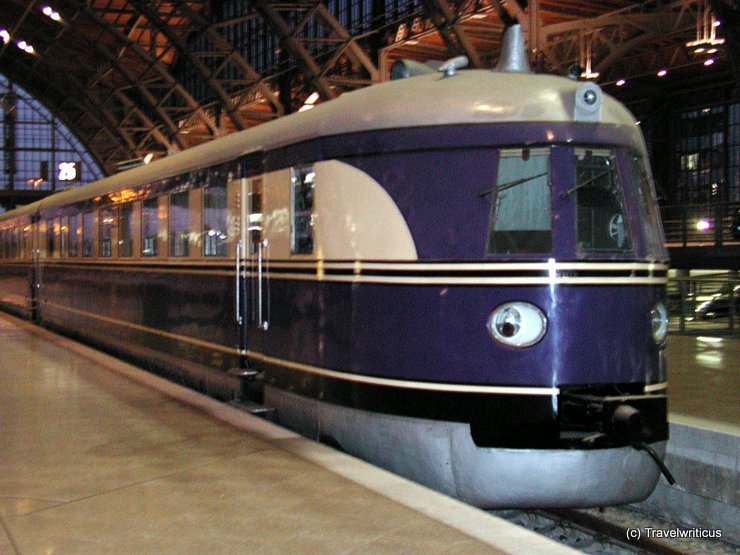
Passengers waiting for their trains at Leipzig Central Station can see this diesel multiple unit dating back to 1935. Before WWII, it ran as one of the first high-speed trains in Germany. After 1945, the SVT 137 225 operated for the GDR government.

At first glance, the Carnuntinum Roman Museum in Bad Deutsch-Altenburg looks like a villa rustica. In fact, it was only opened in 1904. It houses artefacts from the Roman town of Carnuntum and is considered the biggest Roman museum in Austria.

Museeum geeks find the Ruhr Museum in the former coal preparation plant at the Zeche Zollverein. On several floors, it tells the story of the Zeche (coal mine) and portrays the history of the Ruhrgebiet (Ruhr Area).

The Fridericianum in Kassel offers a fascinating story for museum buffs. The building was completed in 1779 and was one of the first public museums ever built. Today, it offers exhibitions about contemporary art and serves as a venue for the events of the Documenta.
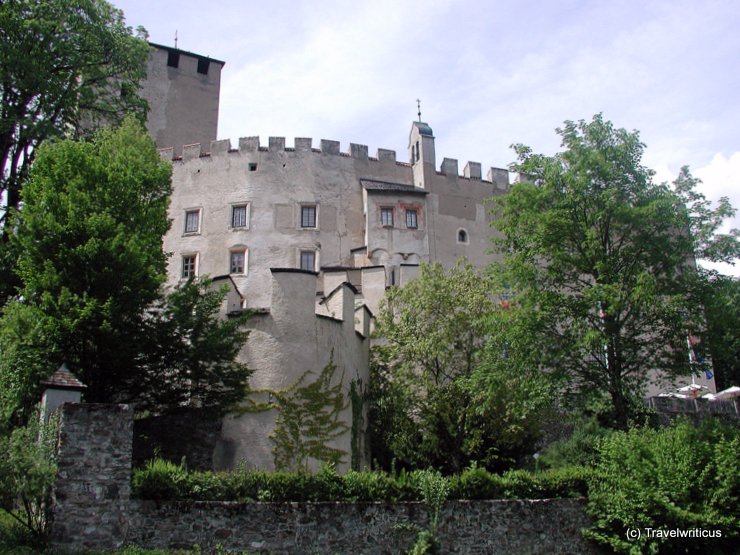
Bruck Castle (Schloss Bruck) is a short walk from the town of Lienz. From afar, it looks like a real knight’s castle. Inside the chapel of the 13th-century castle, visitors find magnificent frescos created by Simon von Taisten.
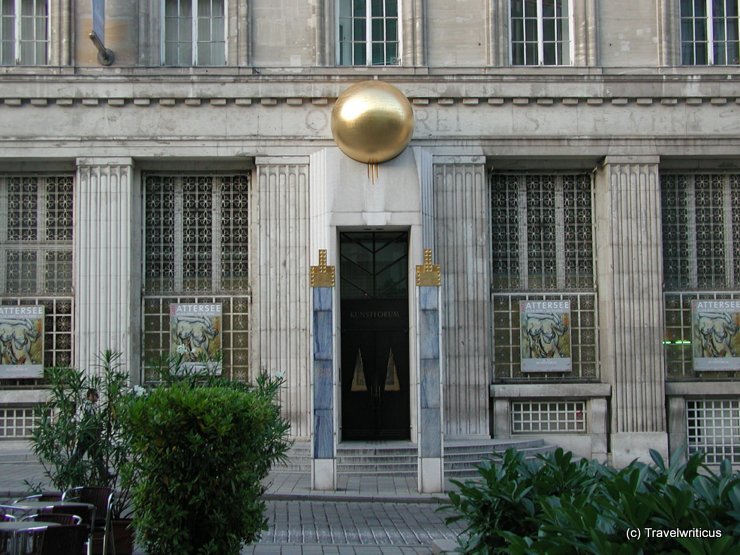
The Bank Austria Kunstforum Wien forms an exhibition hall for art in the rooms of a former bank building. Even the erstwhile vault now works as a venue for presenting artworks. Today, the Kunstforum is known for performing yearly blockbuster exhibitions.
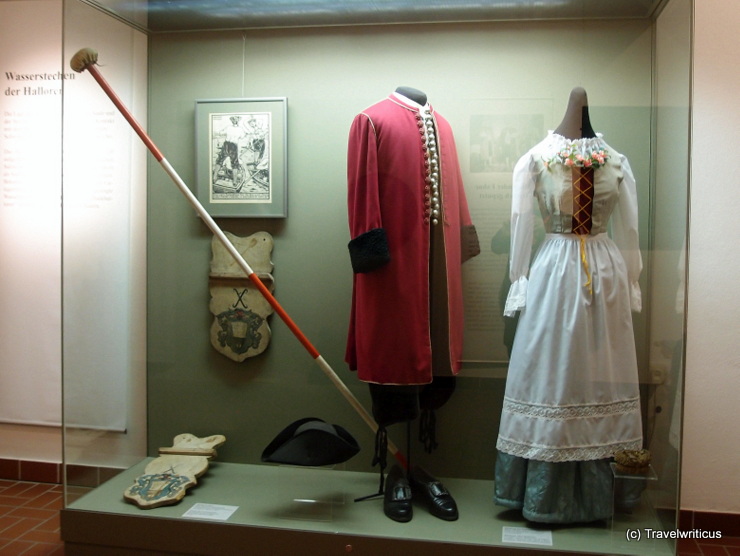
This showcase at the Hallors and Saline Museum in Halle (Saale) displays the costume of a Hallor with its typical 18 buttons and a lance. Such lances are still in use for the traditional water joustings one can experience e.g. during the lantern festival of Halle (Hallesches Laternenfest).

The pharmacy museum (Apothekenmuseum) is located In the rooms of the Lion Pharmacy (Löwenapotheke). Some of the exhibits are dating back to 1820. The collection also shows a lot of equipment which was used in pharmacies up to the time in the GDR (DDR).

The atrium of the Vorarlberg Museum is more than 20 metres high. On the ground floor it is used for temporary exhibition. Along the other floors it offers a great play of light and shadow. This pic was taken at the second floor of the building.
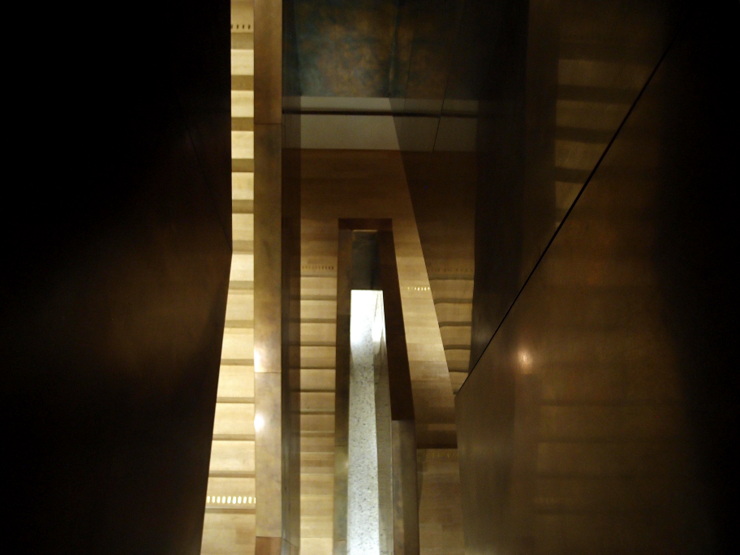
The Vorarlberg Museum in Bregenz offers some fascinating architectural details. The color play in the staircase is a result of the stairs made of oak and the brass handrail.

The museum of local history (Heimatmuseum) is located in a building dating back to 1767. The exhibition tells about local life as well as about typical elements of a seaman’s life. So one can see collections of dioramas built by sailors. There are also souvenirs like English stoneware brought home from numerous sea travels.